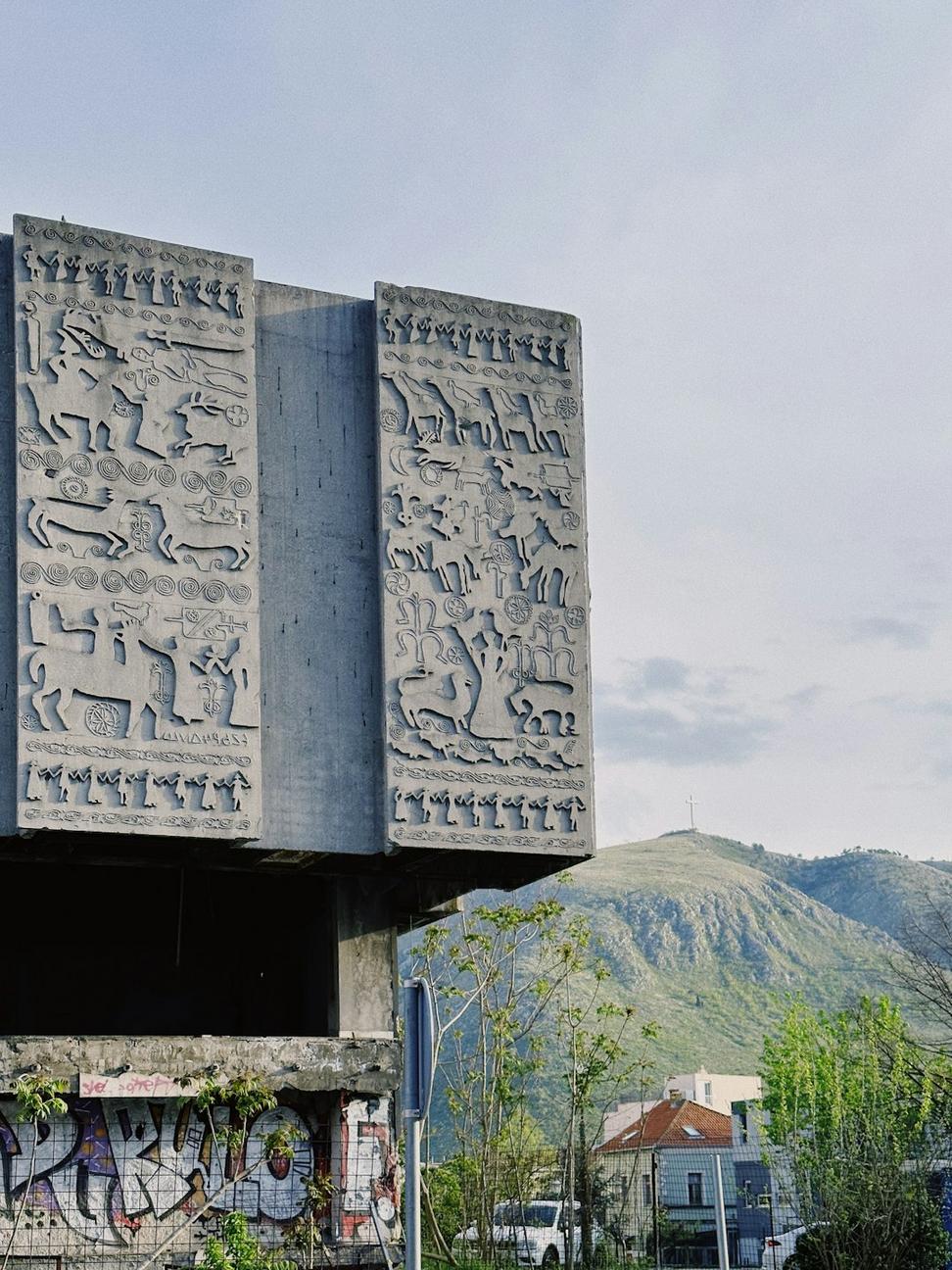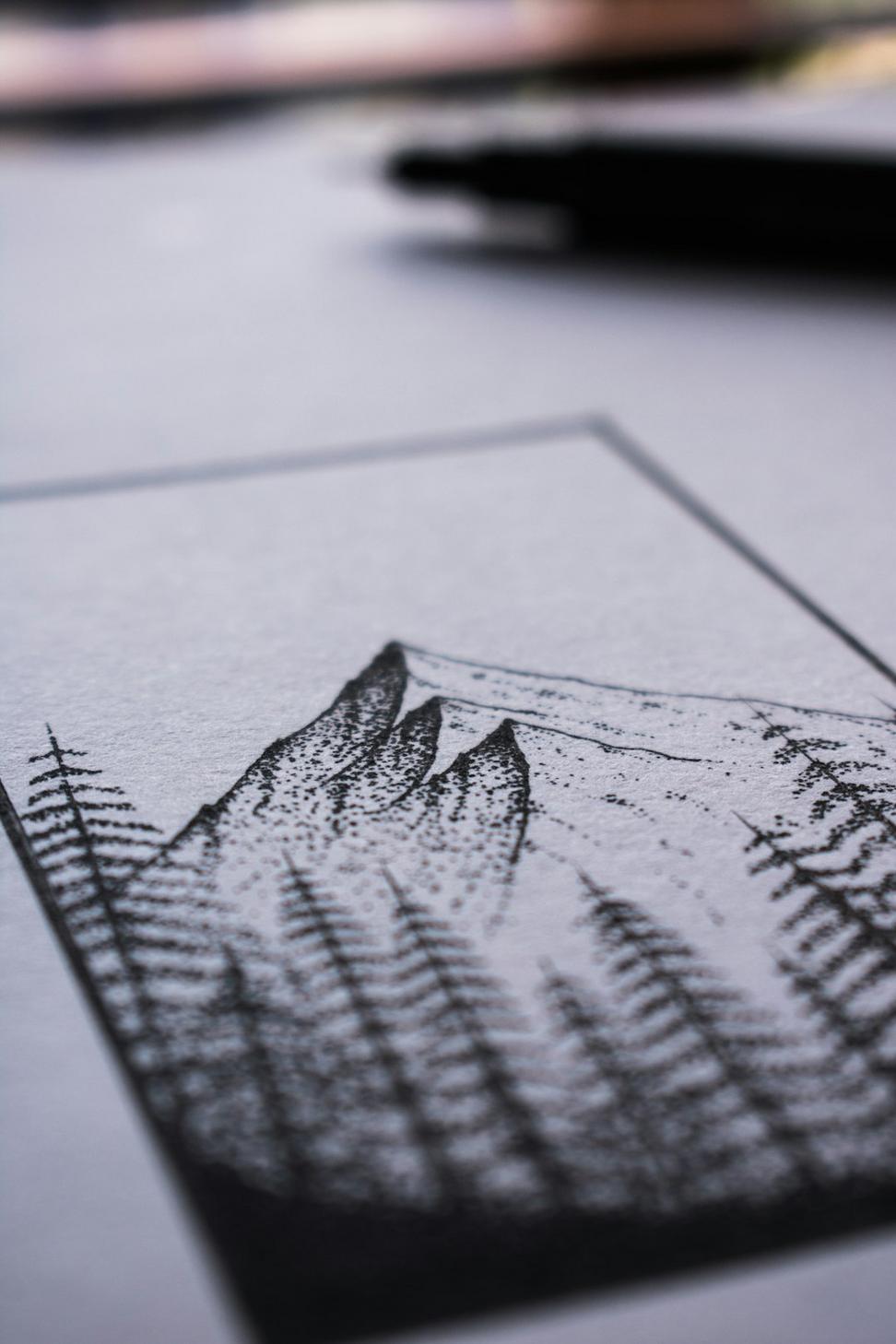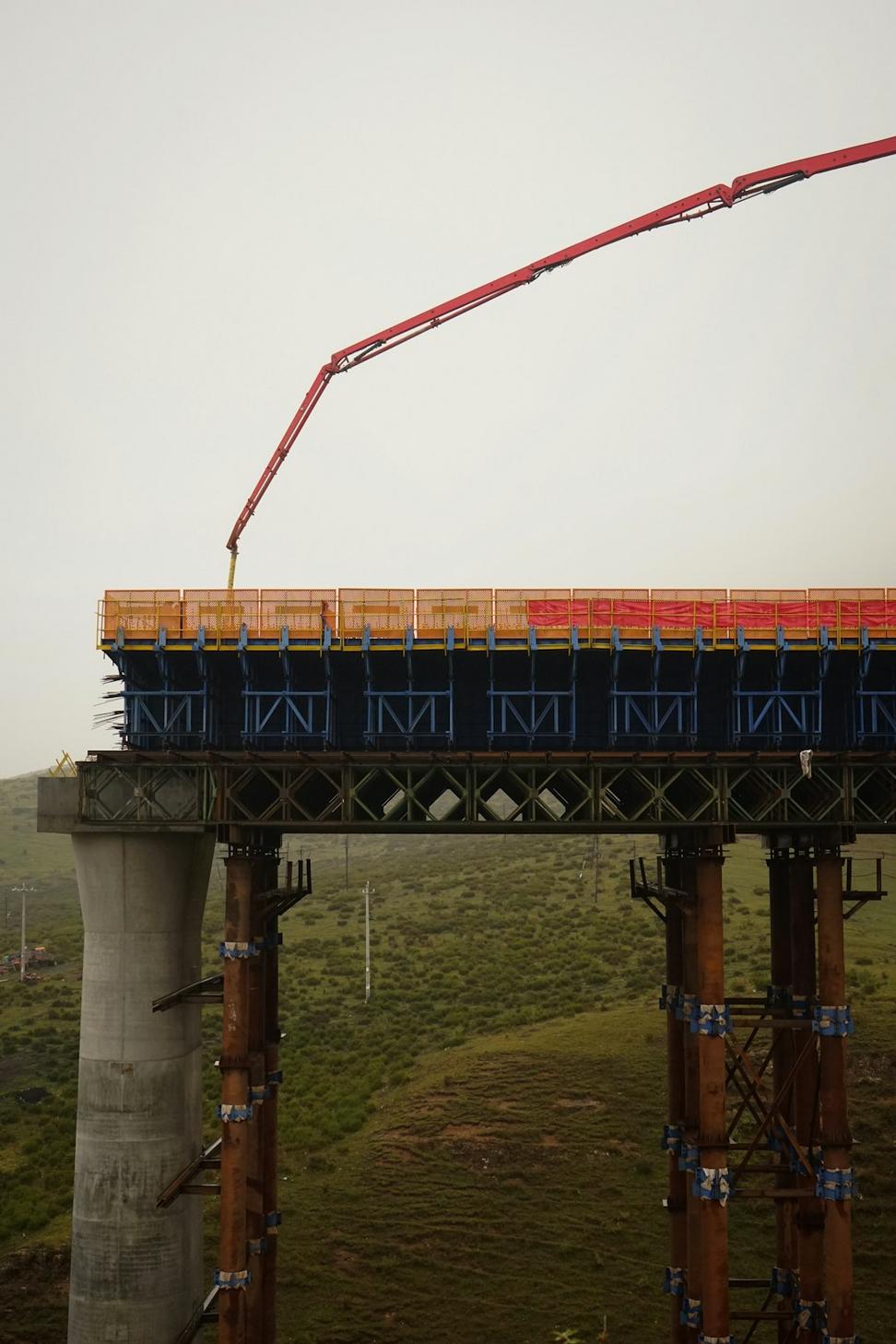
We're Not Your Typical Studio
Just folks who really love what mountains can teach us about building

Started back in 2012 with a simple idea - mountain environments deserve architecture that doesn't fight against them. We'd been watching too many cookie-cutter developments pop up in places that needed something more thoughtful.
Our founding team had spent years hiking, climbing, and honestly just hanging out in BC's backcountry. That time taught us more about design than any textbook ever could. When you're sitting at elevation watching how wind moves through valleys or how light plays off rock faces at different times of day, you start seeing buildings differently.
These days we're a crew of about fifteen people - architects, designers, sustainability nerds, and a couple of folks who swear they can predict weather patterns better than Environment Canada. Everyone here's got their own connection to wild places, and it shows in the work.
We're not gonna pretend there's some secret formula. It's really about listening - to the site, to what you need, and to what makes sense long-term.
We spend way more time on-site than most studios probably do. Walking the land in different seasons, different weather. You can't design for a place you don't know, and that takes time. Sometimes clients think we're stalling, but really we're just making sure we get it right.
Local stone, reclaimed timber, stuff that actually comes from around here when possible. Not just for sustainability points - though that matters - but because regional materials already know how to exist in this climate. They've been doing it longer than we have.
Trends come and go, but a well-designed mountain structure should outlive all of us. We're thinking decades, not design cycles. That means honest construction, materials that age well, and layouts that can adapt as needs change over time.
Every client's different. Some folks want minimal intervention, others need family compounds that'll host three generations. We're here to figure out what actually works for how you live, not impose some signature style. Cookie cutters belong in kitchens, not architecture.
Look, every project's gonna be different, but here's generally how we roll. First few meetings are just conversations - what you're imagining, what the site's telling us, what's actually feasible. Then we get into the nitty-gritty of design, permits, all that fun bureaucratic stuff.
We're pretty hands-on through construction too. Our project managers aren't just pushing paper - they're on-site regularly, solving problems before they become expensive mistakes. And we work with contractors who actually get what we're trying to do, which makes everyone's life easier.
Timeline-wise? Depends hugely on scope and site access. Mountain builds come with their own challenges - weather windows, material delivery logistics, that kind of thing. We'll give you realistic estimates, not optimistic fairy tales.

Straight answers to stuff people usually wonder about
Over thirteen years now, with projects ranging from Sea-to-Sky corridor up through Whistler and into the Interior. We've dealt with pretty much everything - avalanche zones, extreme elevation, limited access sites, you name it. Our team includes members who've worked on alpine structures across BC and Alberta, so we're not learning on your dime.
We've also partnered with environmental consultants, geotechnical engineers, and backcountry specialists who help us navigate the trickier aspects of mountain building. It's definitely a team sport.
Honest talk? Some sustainable features cost more upfront but save money over time. Others are actually cheaper from the start if you design smart. We're not gonna push platinum-level certifications if they don't make sense for your situation.
What we do push for is passive design - orientation, natural ventilation, thermal mass - stuff that doesn't add much cost but makes a huge difference. Then we can look at where it makes sense to invest in higher-end systems. Every project finds its own balance between ideals and practical limits.
Yeah, we've done projects throughout BC and occasionally into Alberta. Distance isn't usually a deal-breaker, though it affects how we schedule site visits and coordinate with local trades. We've learned to work efficiently with remote sites - lots of video calls, drone surveys, and partnering with local professionals who can be our eyes on the ground.
If your site's within a day's drive of Vancouver, we're definitely interested. Beyond that, we'll chat about logistics and see if it makes sense for everyone.
Man, this varies so much. A straightforward residential project might be 18-24 months total. More complex builds, difficult sites, or projects requiring extensive permitting can push towards three years or more. Weather's a big factor too - mountain construction seasons are shorter than valley work.
We spend about 3-6 months on design and documentation, then permitting adds anywhere from 2-6 months depending on the jurisdiction. Construction's the big variable - could be 8-12 months for a house, longer for commercial work or if we hit unexpected site conditions.
As involved as you want, honestly. Some clients want to be in on every decision, others trust us to run with the vision and just want milestone check-ins. We adapt to what works for you.
That said, we'll need your input on the big stuff - overall concept, spatial layout, material palette, budget priorities. And we'll definitely want your feedback at key stages. But the day-to-day technical stuff? That's on us. You hired architects for a reason.
We're pretty specialized, for one thing. Not every firm has deep experience with mountain environments and the specific challenges they bring. We've also built strong relationships with contractors, engineers, and suppliers who work in these conditions - that network matters.
But mainly? We genuinely care about getting it right. This isn't just business for us - we're personally invested in seeing good architecture in mountain landscapes. We've turned down projects that didn't feel like the right fit, which probably seems crazy but keeps everyone happier in the long run.
We're intentionally staying mid-sized. Big enough to handle substantial projects and bring diverse expertise, small enough that everyone actually knows each other and works together regularly. No departmental silos or layers of bureaucracy between you and the people doing the design work.
Our backgrounds are all over the map - traditional architecture schools, building trades, environmental science, even a couple former park rangers. That mix keeps things interesting and means we're approaching problems from different angles.
Everyone here spends time outdoors, which matters more than it might sound. When you've personally dealt with mountain weather, navigated challenging terrain, or just spent enough time in these environments, you design differently. You anticipate things that might not occur to someone who only experiences mountains through car windows.
Let's Talk About Your Project